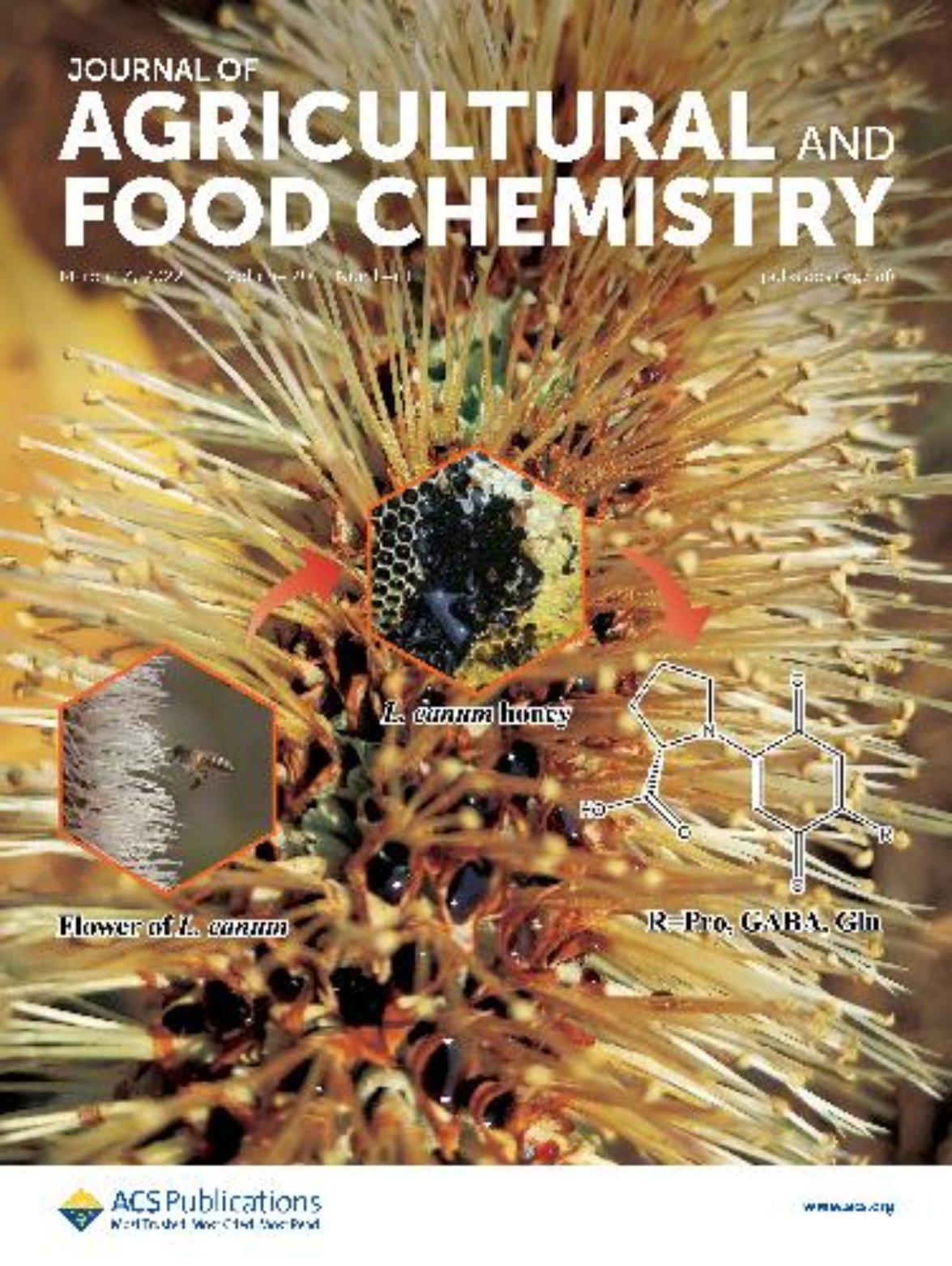IARCAAS revealed the Main Pigmented Substances and the Formation Mechanism in Honey from Leucosceptrum canum
Date:2022-07-06
Recently, the bee product quality and risk assessment team and the resource insect product processing and function evaluation team of the Institute of Apicultural Research, Chinese Academy of Agricultural Sciences cooperated to analyze the main pigmented substances and their formation mechanism of the unique black Leucosceptrum canum (L. canum) in Cangyuan, Yunnan Province. This research provides key technological support for the quality identification and product development of Leucosceptrum canum Honey (LCH). Relevant research results were published on the 《Journal of Agricultural and Food Chemistry》as a cover article.

L. canum belongings to Lamiaceae family, mainly distributed in Yunnan, Sichuan and the southeastern part of Tibet in China. L. canum has a long flowering period, and its nectar can be collected to obtain rare black honey, which has various effects and is known as "the Top Grade of Honey". Analyzing the black mystery of LCH will not only help to identify itsauthenticity, but also help to explore its unique quality and develop related products.
Based on the technology of separation and identification of natural products, this study prepared three monomers of pigmented substances. Using high-resolution mass spectrometry combined with nuclear magnetic resonance mass spectrometry, the compounds were identified as amino acid–quinone conjugates. The study also explored the formation mechanism of pigmented substances. This is the first time a new class of quinones has been identified in honey. This study not only enriches the types of pigmented substances in honey, but also provides new methods other special honeys’ identification.

Link:https://doi.org/10.1021/acs.jafc.1c07885